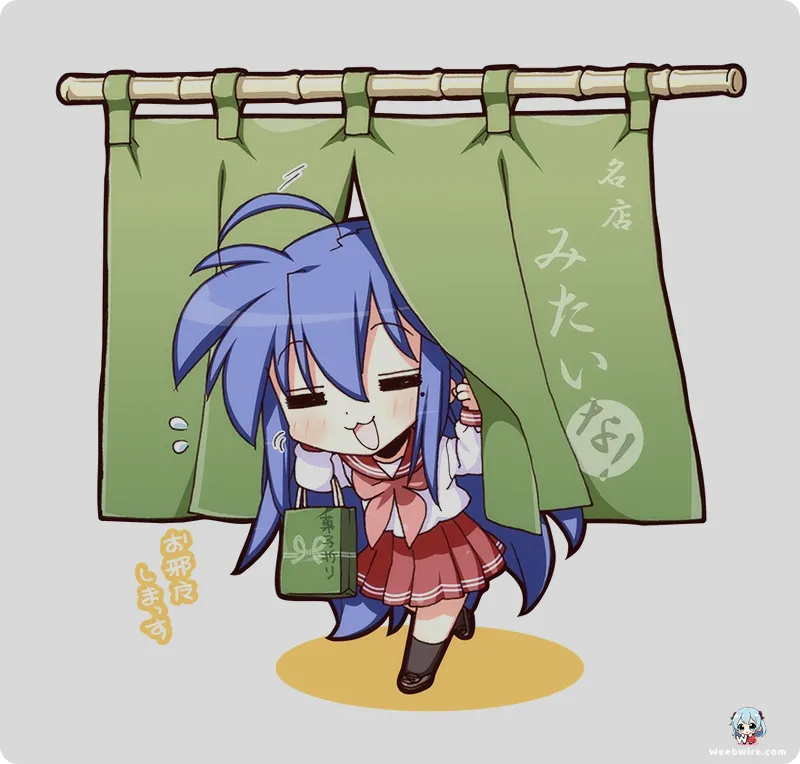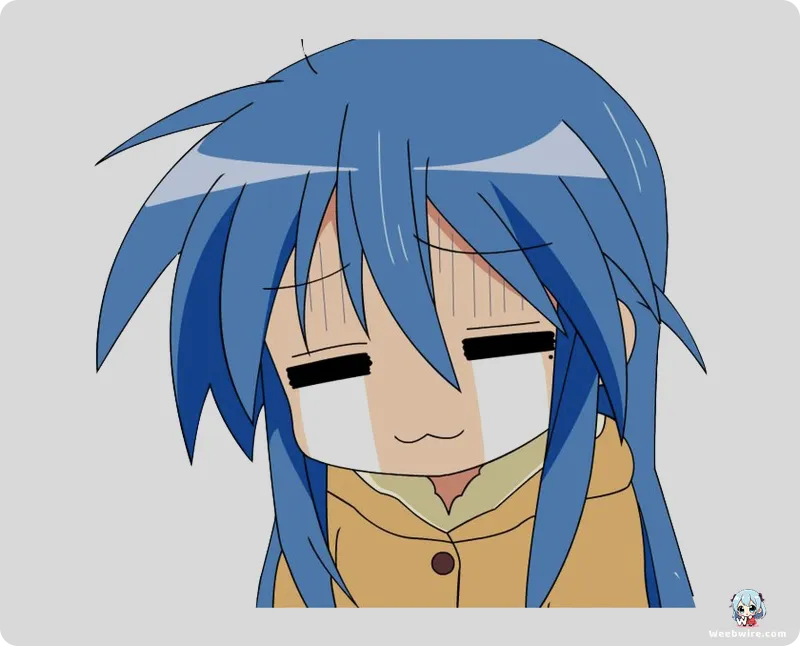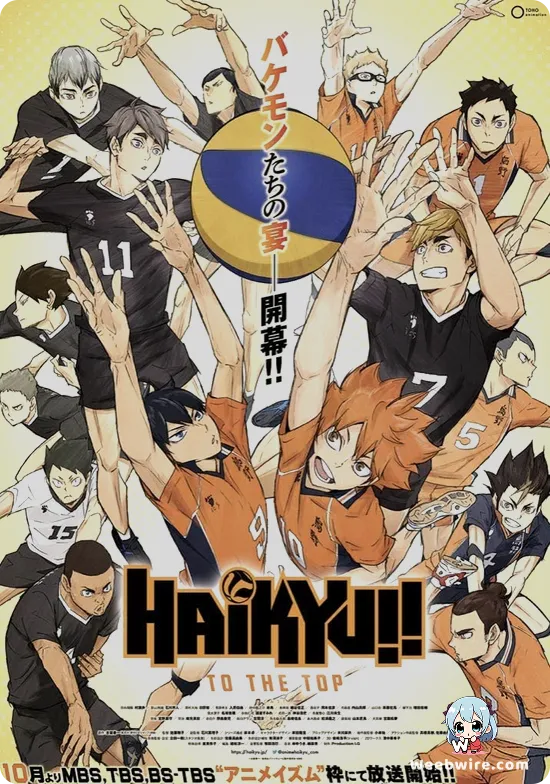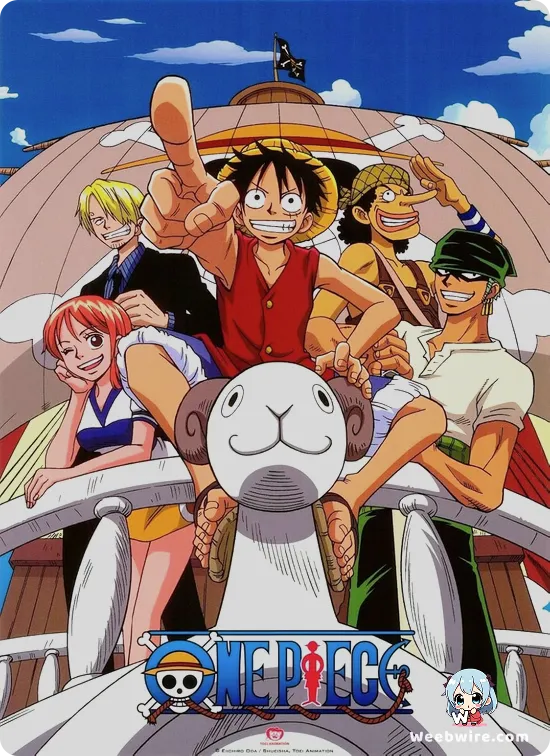Lucky☆Star's Enduring Legacy: A Deep Dive into KyoAni's Meta-Comedy Masterpiece

More than a decade since its initial broadcast, Kyoto Animation's iconic slice-of-life comedy, Lucky☆Star, continues to captivate fans with its unique blend of humor, relatable character dynamics, and pioneering meta-commentary that was revolutionary for its time. Beyond Konata Izumi's distinctive blue hair and fervent otaku passion, the series offers a treasure trove of lesser-known facts and fascinating insights that truly define its enduring appeal. Lucky☆Star's meticulously crafted world, brimming with intentional choices and self-aware humor, celebrates the mundane, everyday conversations, and the shared experiences of four high school girls. This deceptively simple premise brilliantly masks a sophisticated approach to comedy and character development.
Pioneering Meta-Humor and Fourth-Wall Breaks
The series pioneered meta-humor and fourth-wall breaks, with characters frequently discussing anime conventions and their fictional existence. Konata, the ultimate anime and gaming enthusiast, delivers witty critiques mirroring audience thoughts, blurring fiction and reality, and cementing Lucky☆Star's place as a meta-comedy pioneer.
The Iconic Opening Theme
Its iconic opening theme, 'Motteke! Sailor Fuku,' became a cultural phenomenon with its catchy tune and infectious dance. A fascinating detail is its direct parody of 'Hare Hare Yukai' from Kyoto Animation's The Melancholy of Haruhi Suzumiya, a brilliant internal studio reference. This dance sparked countless fan-made parodies, solidifying its status as one of the most recognizable anime openings.
Konata Izumi: A Relatable Otaku Icon
Konata Izumi herself is rich with interesting details. Her voice actress, Aya Hirano, famously also voiced Haruhi Suzumiya, a deliberate, playful nod. Konata's lazy, gaming-obsessed yet academically capable personality made her profoundly relatable, with her deep otaku knowledge serving as a vehicle for extensive pop culture references in interactions with friends Kagami, Tsukasa, and Miyuki.

The Quirky 'Lucky Channel' Segments
The quirky 'Lucky Channel' segments, at each episode's conclusion, added distinctiveness. These live-action segments, hosted by the eccentric idol Akira Kogami and her long-suffering assistant Minoru Shiraishi, offered bizarre and hilarious surreal commentary, with Minoru becoming a fan favorite for his deadpan delivery.
Kyoto Animation's Signature Style
Kyoto Animation's signature animation style was instrumental, with meticulous detail, fluid movements, and expressive facial animations infusing simple slice-of-life scenarios with vibrant energy. The masterful use of the moe aesthetic, combined with subtle emotional conveyance, enhanced comedic timing and character interactions.
From Yonkoma Manga to Anime Adaptation
Finally, Lucky☆Star originated as a yonkoma manga by Kagami Yoshimizu. Adapting this format into a full-length anime demanded creative genius, achieved by Kyoto Animation through skillful focus on rapid-fire dialogue and charming interactions, elevating source material. This proved profound engagement can be found in simple, shared moments.
The enduring legacy of Lucky☆Star is rooted in these details, clever humor, and relatable portrayal of friendship, cementing its status as a timeless classic.
Credits
Lucky☆Star
Author
Kagami Yoshimizu
Cover Art
Kagami Yoshimizu
Studio
Kyoto Animation
Publisher
Kadokawa Shoten
Producers





